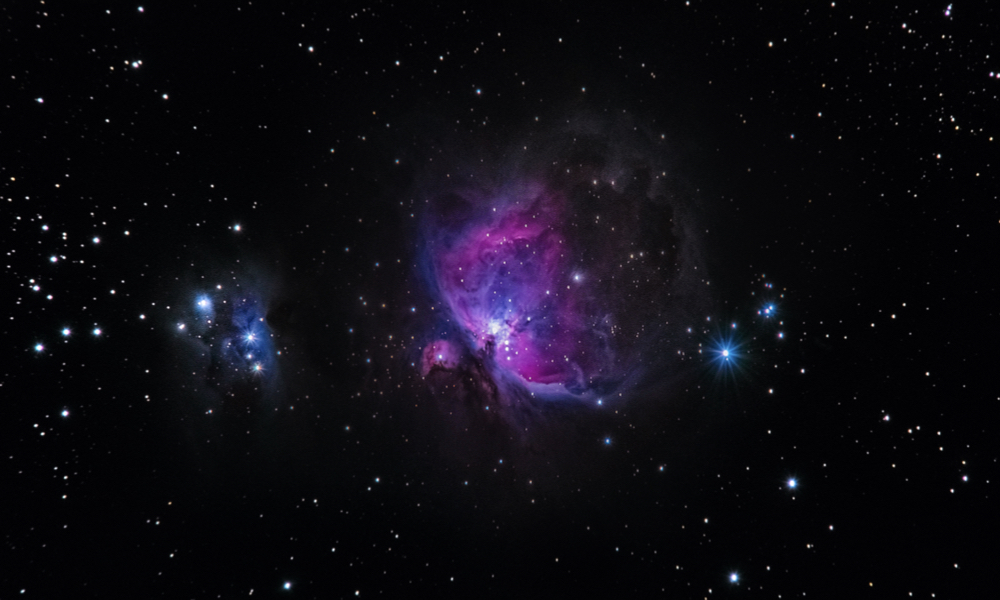
ESA Open Invitation to Tender AO9504
Open Date: 07/11/2018
Closing Date: 19/12/2018 13:00:00
Status: ISSUED
Reference Nr.: 18.154.16
Prog. Ref.: NAVISP Element 1
Budget Ref.: E/0365-10 – NAVISP Element 1
Special Prov.: AT+BE+CZ+DE+DK+FI+FR+NO+RO+CH+GB+NL+DE
Tender Type: C
Price Range: 200-500 KEURO
Products: Satellites & Probes / Payloads / Instruments / Other Instruments / Gradiometers, Plasma detectors
Techology Domains: RF Systems, Payloads and Technologies / Radio Navigation Systems/Subsystems / Navigation System Tools / Flight Dynamics and GNSS / GNSS High-Precision Data Processing / Ground Tracking Networks / Optics / Optical Equipment and Instrument Technology / High-Precision Optical Metrology
Establishment: ESTEC
Directorate: Directorate of Navigation
Department: Strategy and Programme Department
Division: NAVISP Programme Office
Contract Officer: Papaioannou, Maria
Industrial Policy Measure: N/A – Not apply
Last Update Date: 07/11/2018
Update Reason: Tender issue
This EXPRO+ procurement is part of the NAVISP Programme, under Elelment 1, Work Plan 2018, Addendum. Precise relative navigation in Medium Earth Orbit (MEO) is a subject that has been little explored while having the potential for enabling an interesting range of applications involving a set of cooperative or uncooperative spacecrafts in those orbits. Examples include spacecraft servicing missions or scientific missions. This study will take as use case scientific missions. The challenges posed by these missions will allow to unveil the limits of the technology. More conventional missions will subsequently benefit from the advances made possible through the study. MEO is defined as that set of orbits with altitudes between 2,000 and 35,786 km (Geostationary Orbit altitude). An important feature of MEO is that relative positioning is possible thanks to the access to GNSS signals in general, and GALILEO in particular. Establishing inter-satellite baselines accurately in MEO would open the door to new missions in the areas of Science, LunarExploration and Earth Observation. Just as examples are the imaging of the event horizon of the supermassive black hole in the centre of our galaxy, the positioning of spacecraft in Lunar orbits or aperture synthesis for Earth atmospheric sounding. However reaching a desired baseline accuracy for some of those applications of 0.1 mm is far from easy. In MEO atmospheric drag is negligible andorbital mechanics might be simpler than in LEO but the visibility of GNSS satellites, in particular, the number of GNSS satellites incommon visibility of 2 MEO receivers is in general low, and the angle of arrival of the signal upon each receiver is quite different, so that common errors do not cancel so well as for small baselines on ground. Therefore there are specific issues of relative positioning in MEO that need to be addressed. The objective of this activity is the study of the critical technologies required to achieve ultra-precise relative navigation (3 cm on-the-fly, 0.1 mm in post-processing) in Medium Earth Orbit. As a use case, a challenging scientific mission is considered.
If you wish to access the documents related to the Invitation to Tender, you have to log in to the ESA Portal.
